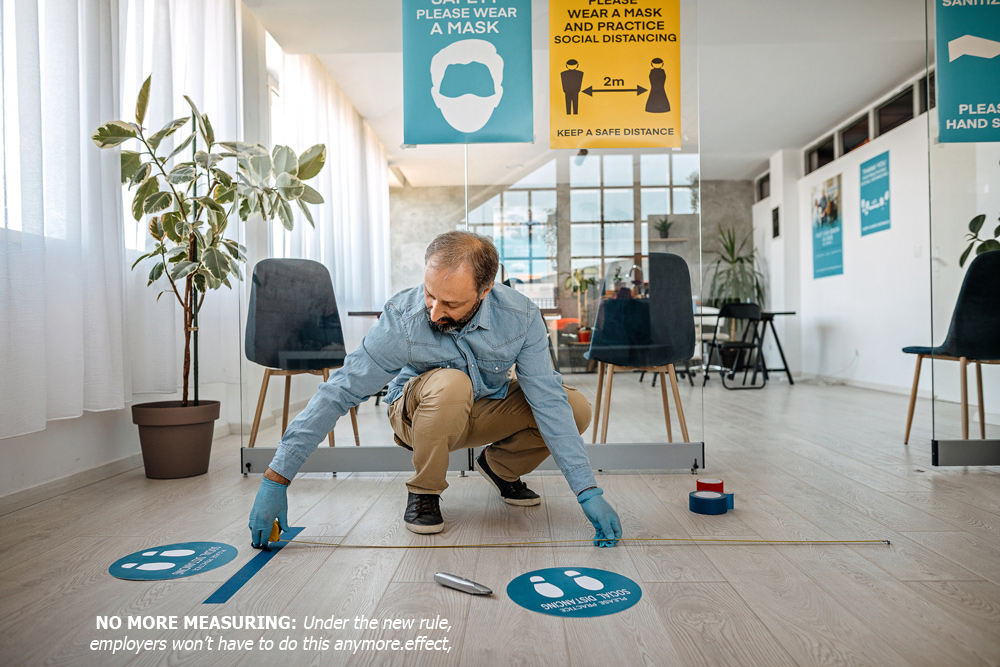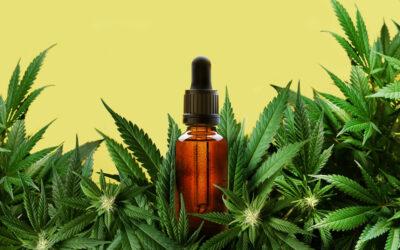
CAL/OSHA LAST November issued COVID-19 emergency temporary standards, and now the agency has revised those standards to reflect the reduced risk of infection as more people get vaccinated.
The revisions provide respite to many businesses ahead of the planned reopening of the state on June 15. Here are the more significant changes in the rules:
Exemptions for the vaccinated
The revised rules provide significant exemptions to COVID-19 prevention rules for workers who have been fully vaccinated against the coronavirus, as well as for workers who have tested positive for COVID-19 in the past 90 days and have recovered or are no longer contagious as they are considered “immune.” The rules are:
- As long as they remain symptom-free, fully vaccinated and immune, workers will not need to quarantine if they come into close contact with another co-worker who tests positive.
- Fully vaccinated workers who later contract COVID-19 will not need to quarantine as long as they remain symptom-free.
- Fully vaccinated employees will be exempt from wearing face coverings if everyone in the room is also fully vaccinated and/or has no symptoms.
Definition of face coverings
The rule redefines what constitutes a face covering as “a medical, surgical or two-fabric layer mask, or respirator.” It excludes things like a scarf, ski mask, balaclava, bandana, turtleneck, collar or mask made of a single layer of fabric.
Physical distancing
Physical distancing requirements (6 feet between workers, typically) sunset on July 31. Also, distancing requirements will not apply to workers wearing respirators and at locations where all staff are fully vaccinated.
Partitions
The rules sunset on July 31 a requirement that employers install cleanable solid partitions when employees are at workstations such as cash registers, desks, production lines and other locations where physical distancing cannot be maintained at all times.
COVID-19 testing
The rules require employers to provide free COVID-19 testing for workers who have COVID-19 symptoms and who are not fully vaccinated (as of July 31).
The revision also jettisons the requirement that employers offer testing to staff who have come into contact with an infected colleague if those staff are either fully vaccinated or have natural immunity.
The rule also changes the testing requirements if there is an outbreak of cases in the workplace. Existing rules have required all staff at a workplace to be tested if 4% of them test positive.
The rules have also require that employers provide free twice-aweek COVID-19 testing to all staff present at the exposed workplace during the relevant 30-day period.
The new rule changes the word “workplace” to “work location at a worksite.” In other words, you will only need to offer testing to staff who were working in the work area where the infected employee was.
Also, outbreak testing will now required after there are three or more COVID-19 cases in an exposed group.
What’s next
The new rules took effect on June 4 after the Cal/OSHA Standards Board approved them on June 3. The rules will allow many employers to start relaxing some of the requirements they’ve put in place to protect their employees, but consult Cal/OSHA’s website before making any changes.
Rejected claims
As mentioned, a significant percentage of COVID-19 workers’ compensation claims have been rejected. For example:
- In California, which has a law that extends the presumption that a case was contracted at work for anybody working on-site, 26% of the 93,470 COVID-19 claims filed in 2020 were denied In Texas, which has no presumption for COVID-19, 45% of the 32,000 related workers’ comp claims were denied, despite those workers testing positive.
- In Florida, which has given front-line workers who are state employees a presumption of eligibility, 22% of state employees’ coronavirus-related workers’ comp claims were denied last year, compared to 56% of cases for workers in the private sector. The NCCI also noted that fewer than 2% of COVID-19 workers’ compensation claims cost more than $10,000.
Payouts lower than expected
Another factor is that even COVID-19 claims that were accepted, often did not end up costing the insurers as much as they expected to pay out because the majority of infected workers did not require any hospital stays or treatment.
Insurers also say that many claims were likely never reported in the first place, particularly when workers had mild or no symptoms.
THE NOTICES MUST INCLUDE:
- Notification of the availability of subsidies.
- A description of their right to the subsidy and conditions.
- The forms necessary to establish eligibility.
- A description of the special election period.
- A description of the qualified beneficiary’s obligation to notify the plan when they are no longer eligible for coverage.
- Contact information of the plan administrator or contact.
Important: The Department of Labor has model language for the notices on its website.
What you should do
If your firm is large enough to be covered by COBRA, you should:
- Coordinate with your administrator to ensure that you agree about who should identify eligible individuals and who will be sending out notifications.
- If that is you, identify those individuals who may be eligible for the COBRA subsidy and who may be eligible to make a new election.
- Prepare notification documents.
- Notify all eligible individuals.








